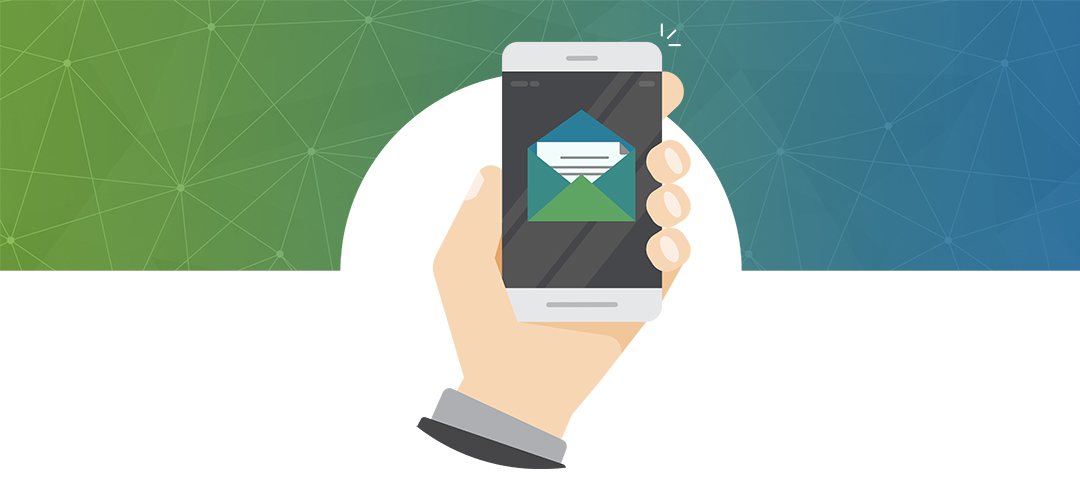Let’s Get Personal! Addressing Patient Barriers to Telehealth
The world’s experience with COVID-19 only brightened the spotlight on the opportunity to utilize telehealth as a communications vehicle for improving health equity in America, specifically when addressing access to care. Key to adaptation is establishing a comfort level with patients in using digital resources to manage their healthcare, which is largely influenced by the confidence that they can have the same personalized experience in a remote environment as when they are in-person with their provider.
Based on the principle that no two people are alike (and thus neither should be the approach to managing their care), GoMo Health leverages our evidence-based science to drive personalized patient engagements. Considering the whole person (physical and psychosocial needs), our “bot” interacts with patients to assess their “environmental factors” – including confidence in ability to follow their care plan and “life factors” outside of clinical diagnoses that must be considered and addressed to ensure a successful “whole person” health management engagement. Our system, the GoMo platform, maintains ongoing touchpoints with program participants to track individual needs and deliver resources accordingly, with the ability to pivot deliverables and support to align with dynamic and evolving patient needs and priorities.
Hurdles remain for telehealth, such as language barriers for patients who note English as a second language. According to recent data from the US Census Bureau, nearly one in five people in America, or 67.8 million people, spoke a language other than English at home in 2019, up from 23.1 million in 1980. To continue the focus on improving health equity, telehealth operations need to expand beyond what is currently available, specifically when overcoming language barriers – if the information is not understandable, the probability of adherence declines greatly. GoMo Health offers telehealth programs translated into multiple languages for patients, caregivers, and family members.
When addressing health equity, that is, empowering patients outside of the in-person treatment setting, offering digital therapeutics and telehealth options in multiple languages is a logical and straightforward course of action. GoMo Health offers multilingual translation of our Concierge Care solutions that are deployed by hospitals, health systems, health plans, pharmaceutical and medical device companies around the world. Initial engagement with our programs includes a bi-directional “conversation” with each participant, during which they specify their language preference. Based on that input, from that point forward, all communications and resources are delivered in that preferred language. Spanish preference immediately follows English, with programs delivered in Chinese, Russian, Hebrew, Arabic, and many other languages.
Utilization Statistics:
- The Food As Medicine solution, a diet and lifestyle program that addresses not only chronic condition management (type 2 diabetes, congestive heart failure, chronic kidney disease, high cholesterol, hypertension) but social determinants of health as well, including food insecurity, transportation, housing, and quality of life, is offered in both English and Spanish and 38% of its users opt for the Spanish version of the program.
- In the Optimus Concierge Program, created to increase medication adherence for patients with diabetes, hypertension, and high cholesterol, the follow measures have been collected:
- 33% of patients enrolled indicated Spanish as their primary language
- A 10% increase in medication adherence among Spanish-speaking patients.
Patients aren’t the only ones affected by language barriers; caregivers and family members also benefit from the multi-language programs offered by GoMo Health. Ensuring seamless communication with caregivers and family members increases confidence that patients receive the proper care and support throughout their healthcare journey.
Telehealth and digital therapeutics have the potential to expand access to care for diverse and geographically dispersed populations, and addressing language barriers needs to be a priority for these services. To learn more about how GoMo Health is addressing patient barriers to telehealth, you can view the full case study collection here.







Find Us Online